Home>Articles>What Kind Of Electrical Cord Is Used In The USA
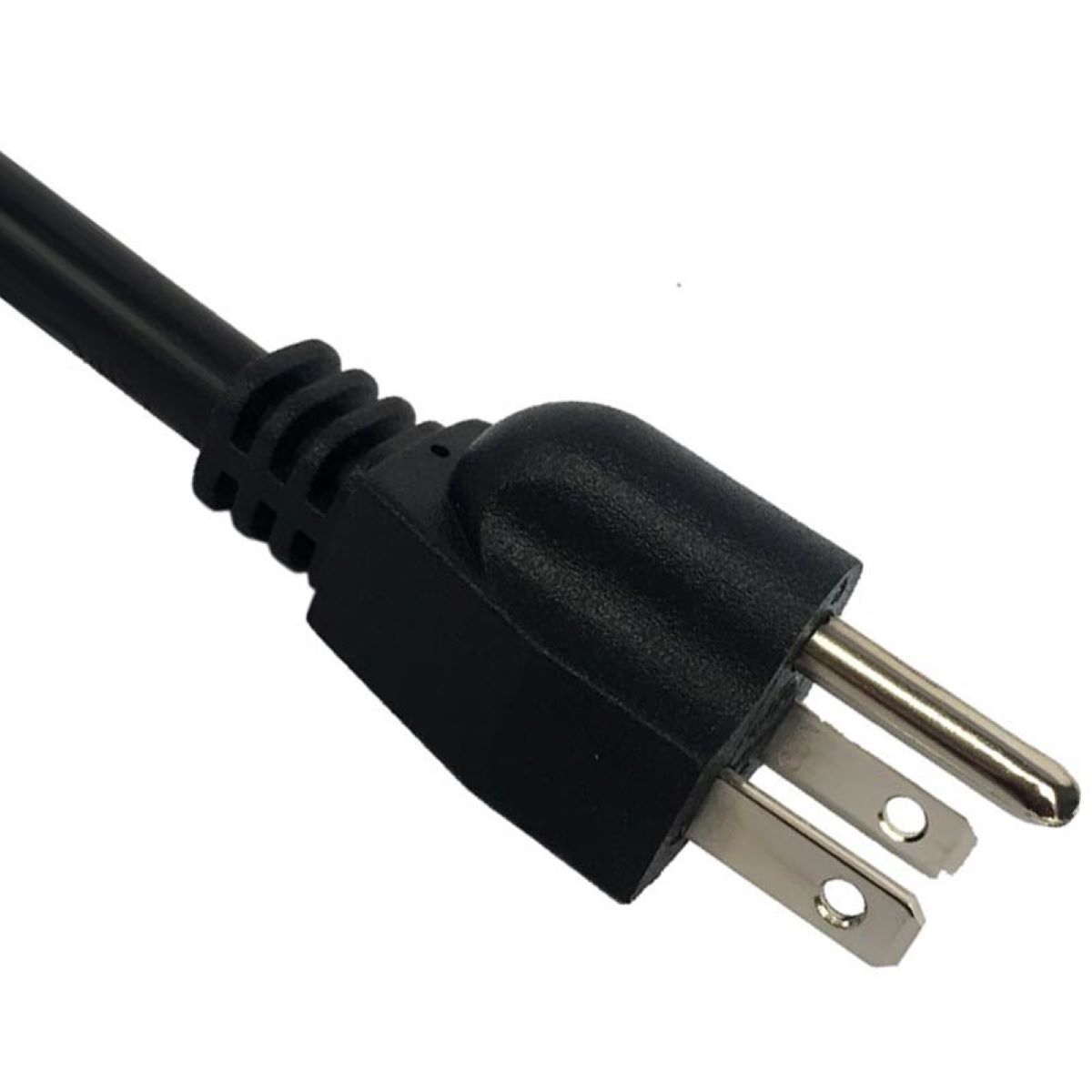

Articles
What Kind Of Electrical Cord Is Used In The USA
Modified: August 26, 2024
Find out what kind of electrical cord is commonly used in the USA with our informative articles.
(Many of the links in this article redirect to a specific reviewed product. Your purchase of these products through affiliate links helps to generate commission for Storables.com, at no extra cost. Learn more)
Introduction
In the United States, electrical cords play a vital role in powering various devices and equipment. Whether it’s in residential, commercial, or industrial settings, having the right type of electrical cord is essential to ensure safe and efficient electricity usage. Understanding the different types of electrical cords used in the USA, as well as the safety considerations associated with them, is crucial for both professionals and everyday consumers.
In this article, we will explore the standard voltage and frequency in the USA, the different types of electrical cords commonly used, and the safety considerations to keep in mind when utilizing them. Whether you’re a homeowner looking to power your appliances or a business owner in need of reliable electrical cords for your workplace, this guide will provide you with the information you need to make informed choices.
So, let’s dive in and discover the world of electrical cords and their significance in the USA.
Key Takeaways:
- Understanding the standard voltage and frequency in the USA is crucial for selecting the right electrical cords. From residential to industrial settings, matching voltage and frequency ensures safe and efficient power usage.
- Prioritizing safety when using electrical cords is essential. Regular inspection, proper amp rating, correct cord management, and keeping cords dry are key to preventing electrical hazards and ensuring reliable power transmission.
Standard Voltage and Frequency in the USA
Before delving into the types of electrical cords used in the USA, it’s important to understand the standard voltage and frequency in the country. In the United States, the standard voltage for residential and commercial buildings is 120 volts. This means that most electrical devices and appliances in the USA are designed to operate on this voltage level.
In terms of frequency, the USA uses a 60 Hz frequency system. This refers to the number of cycles per second at which the alternating current (AC) electricity oscillates. The 60 Hz frequency is widely adopted across the country, ensuring a consistent electrical power supply for both residential and commercial purposes.
It’s worth noting that while 120 volts is the standard voltage, some heavy-duty appliances and equipment, such as air conditioners and commercial machinery, may require higher voltage levels, such as 220 volts or 240 volts. These appliances typically come with their own specialized power cords, designed to handle the higher voltage requirements.
Understanding the standard voltage and frequency in the USA is essential when selecting the appropriate electrical cords for your specific needs. It ensures compatibility and prevents potential issues or hazards associated with mismatched voltages or frequencies.
Types of Electrical Cords Used in the USA
The USA has a wide variety of electrical cords available to meet different needs and applications. These cords are designed with specific characteristics to accommodate various power requirements and environments. Let’s explore some of the common types of electrical cords used in the USA:
Residential Cords
Residential cords are commonly used in homes to provide power to appliances and electronics. They are typically designed for lighter usage and have a lower amp rating. The most common residential cord is the NEMA 5-15 cord, also known as a standard three-prong cord. This cord features two parallel flat blades and a circular grounding pin, designed to plug into standard outlets found in most homes.
Commercial Cords
Commercial cords are built to withstand heavier usage and are often utilized in office spaces, retail stores, and other commercial establishments. They typically have a higher amp rating and are compatible with commercial-grade outlets. The NEMA 5-20 cord is a common example of a commercial cord, featuring two parallel flat blades and a wider grounding pin to accommodate the higher amp requirements.
Read more: What Kind Of Electrical Cord For Fuel Pump?
Industrial Cords
Industrial cords are designed to withstand harsher environments and heavy-duty applications. They are commonly used in construction sites, manufacturing facilities, and other industrial settings. These cords have a rugged construction and are resistant to abrasions, oil, and chemicals. The most common type of industrial cord in the USA is the NEMA L5-15 three-prong cord, which features twist-lock connectors for added security.
Specialized Cords
In addition to the standard residential, commercial, and industrial cords, there are also specialized cords available for specific applications. These include cords for outdoor use, extension cords, hospital-grade cords, and computer cords with surge protection. Specialized cords are tailored to meet specific requirements and ensure safe and reliable power transmission in their respective environments.
When choosing an electrical cord, it’s important to consider factors such as cord length, amp rating, and plug type to ensure compatibility with your power source and the devices you intend to power. Taking these factors into account will ensure proper functionality, prevent electrical hazards, and promote overall safety.
Residential Cords
Residential cords are a common sight in homes across the United States, providing power to a wide range of appliances and electronics. These cords are specifically designed for household use and adhere to safety standards to ensure reliable performance. Here are some important details about residential cords:
Standard Three-Prong Cord
The most common type of residential cord in the USA is the NEMA 5-15 cord, also known as a standard three-prong cord. This type of cord is designed to plug into standard wall outlets found in most homes. It features two parallel flat blades and a circular grounding pin. The grounding pin is an essential safety feature that helps protect against electrical shocks by grounding any excess electrical current.
Read more: What Kind Of Electrical Wire To Use Outside
Amp Rating
Residential cords typically have a lower amp rating compared to commercial or industrial cords. The amp rating refers to the maximum amount of electrical current that can safely flow through the cord. For residential cords, the amp rating is usually between 10-15 amps. It’s important to ensure that the amp rating of the cord matches the power requirements of the device you are using to prevent overheating or damage.
Cord Length
Residential cords come in various lengths to accommodate different needs. The length of the cord you choose depends on the distance between the power source and the device you want to power. It’s important to select a cord that provides sufficient length without excessive slack, as slack can pose a safety hazard. Additionally, using an excessively long cord can result in voltage drop and reduced power efficiency.
Indoor and Outdoor Use
Residential cords are typically designed for indoor use. They are not intended to be exposed to extreme weather conditions or moisture. However, there are specialized outdoor cords available for outdoor use, featuring weather-resistant materials and additional protection against water ingress. It’s crucial to use the appropriate cord for each specific environment to prevent electrical hazards.
Residential cords are essential for powering everyday devices such as lamps, televisions, kitchen appliances, and electronics. When using residential cords, it’s important to observe proper usage guidelines, such as avoiding overloading the cord with too many devices or running it under rugs or carpets where it may become damaged. Always ensure that the cord is in good condition, with no visible damage or fraying.
By choosing the right residential cord and following safety precautions, you can enjoy the convenience of powering your household appliances and electronics with peace of mind.
Commercial Cords
Commercial cords are an essential part of many office spaces, retail stores, and other commercial establishments in the United States. These cords are designed to handle higher amp requirements and provide power to a wide variety of commercial-grade equipment. Here’s what you need to know about commercial cords:
NEMA 5-20 Cord
The NEMA 5-20 cord is a commonly used commercial cord in the USA. It features two parallel flat blades, like a standard residential cord, but with a wider grounding pin. The wider grounding pin allows for a higher amp rating, typically up to 20 amps. This type of cord is compatible with NEMA 5-20 outlets, which are commonly found in commercial spaces.
Higher Amp Rating
Unlike residential cords, commercial cords have a higher amp rating to accommodate the power requirements of commercial-grade equipment. The amp rating of a commercial cord can range from 15 amps to 20 amps, allowing for the safe and reliable transmission of electricity to office machines, appliances, and other commercial devices.
Durable Construction
Commercial cords are built to withstand the demands of commercial environments. They are typically made with heavy-duty materials that can endure constant use and potential rough handling. These cords often have thicker insulation to provide better protection against wear and tear, as well as resistance to impacts or abrasions.
Length Options
Commercial cords come in various lengths to accommodate different office and commercial setups. The length you choose for your commercial cord depends on factors such as the distance between the power source and the equipment you need to power, as well as the layout of the space. It’s crucial to select a cord that provides sufficient length without creating unnecessary slack or tripping hazards.
Commercial cords are crucial for powering a wide range of devices in commercial spaces, including computers, printers, copiers, cash registers, and more. When using commercial cords, it’s important to observe safety precautions such as avoiding overloading the cord, routing it away from high-traffic areas, and regularly inspecting the cord for any signs of damage or wear.
By choosing the appropriate commercial cord for your specific needs and following safety guidelines, you can ensure efficient and reliable power supply to your commercial equipment and maintain a safe working environment.
Industrial Cords
In industrial settings, where heavy-duty equipment and machinery are used, reliable and durable electrical cords are essential. Industrial cords are designed to withstand the challenges and demands of harsh environments, providing safe and efficient power transmission. Here are important details about industrial cords:
NEMA L5-15 Cord
The NEMA L5-15 cord is a commonly used industrial cord in the USA. It features twist-lock connectors that provide a secure and reliable connection between the cord and the power source. This type of cord is designed for three-prong outlets and can handle up to 15 amps of current.
Rugged Construction
Industrial cords are built with a rugged construction to withstand tough conditions in industrial environments. They are made using heavy-duty materials, such as thick rubber or PVC, to provide excellent durability and resistance to abrasions, impact, oil, and chemicals. The robust construction ensures that the cord can withstand the rigors of industrial applications.
Weather Resistance
Industrial cords often need to handle outdoor environments or areas with exposure to moisture. To meet these requirements, some industrial cords are designed with weather-resistant features. These cords are specifically designed to resist moisture, UV rays, and other environmental factors to ensure safe and reliable power transmission in outdoor or harsh conditions.
Read more: What Is An Electrical Cord?
High Amp Rating
Industrial cords are designed to handle higher amp requirements compared to residential or commercial cords. They are capable of carrying currents ranging from 20 amps to 50 amps or more, depending on the specific cord and application. The higher amp ratings allow industrial cords to safely power heavy-duty machinery and equipment found in industrial environments.
Industrial cords are commonly used in construction sites, manufacturing facilities, warehouses, and other industrial settings. When using industrial cords, it’s crucial to follow safety guidelines, such as inspecting the cord for any signs of damage, ensuring proper grounding, and using appropriate cord management techniques to prevent tripping hazards and cord entanglement.
By selecting the right industrial cord for the specific environment and equipment requirements, you can ensure reliable and safe power supply for the industrial machinery and devices that are crucial for your operations.
Specialized Cords
In addition to the standard residential, commercial, and industrial cords, there are specialized cords available in the United States to meet specific needs and applications. These cords are designed with unique features and functionalities to ensure safe and reliable power transmission in specialized environments. Here are some examples of specialized cords:
Outdoor Cords
Outdoor cords are specifically designed to withstand the challenges of outdoor environments. They are constructed with weather-resistant materials that can withstand exposure to moisture, UV rays, and temperature variations. These cords often feature reinforced insulation and connectors to provide extra protection against water ingress and ensure reliable power transmission in outdoor settings.
Extension Cords
Extension cords are used to extend the reach of electrical power when the existing power source is located further away from the equipment or device. They come in various lengths and amp ratings to cater to different power requirements. It’s important to choose extension cords that match the amp rating of the devices being powered and adhere to safety guidelines, such as avoiding overloading the cord or using it for long-term, high-power demands.
Read more: What Is Blue Electrical Wire Used For
Hospital-Grade Cords
Hospital-grade cords are designed for use in medical facilities and provide an extra level of safety and reliability. These cords undergo rigorous testing and adhere to stricter standards to ensure they meet the specific requirements of medical equipment. Hospital-grade cords are often color-coded and feature additional insulation layers and tighter connections to ensure secure power transmission in sensitive healthcare environments.
Computer Cords with Surge Protection
Computer cords with surge protection are designed to protect computer equipment from power surges and electrical fluctuations. These cords feature built-in surge protectors that help safeguard sensitive electronic devices from voltage spikes that could potentially damage them. Computer cords with surge protection often have indicator lights to show if the surge protection function is active or if a surge has occurred.
When utilizing specialized cords, it’s essential to choose the appropriate cord for the specific requirements of your application. Always follow the manufacturer’s instructions and safety guidelines to ensure proper usage, minimize the risk of electrical hazards, and protect your equipment and devices.
By using specialized cords, you can address the specific needs of different environments and devices, ensuring reliable power transmission and enhancing safety in situations that require unique cord features and functionalities.
Safety Considerations for Electrical Cords in the USA
When using electrical cords in the United States, it’s crucial to prioritize safety to prevent electrical hazards and ensure the well-being of both individuals and property. Here are some essential safety considerations to keep in mind while working with electrical cords:
Inspect Cords Regularly
Before each use, visually inspect electrical cords for any signs of damage, such as frayed or exposed wires, cracked insulation, or loose connectors. Do not use cords that show visible signs of wear and tear, as they can pose electrical risks. If you notice any damage, replace the cord immediately to avoid potential electrical accidents.
Read more: What Is An Electrical Cord Choke
Avoid Overloading
Do not overload electrical cords by connecting too many devices or appliances to a single cord or outlet. Each cord and outlet has a maximum amp rating that should not be exceeded. Overloading can lead to overheating, short circuits, and electrical fires. If you require additional power, use a power strip or extension cord with the appropriate amp rating to distribute the load safely.
Use Correct Amp Rating
Ensure that the amp rating of the electrical cord matches the power requirements of the devices you are using. Using a cord with a lower amp rating can result in overheating and potentially cause the cord to fail. Conversely, using a cord with a higher amp rating than necessary can lead to inefficient power transfer and may not be compatible with the intended device or equipment.
Proper Cord Management
Avoid running electrical cords under rugs, furniture, or carpets, as they can become damaged or pose a tripping hazard. Instead, use cord covers or cable management solutions to keep cords organized and out of the way. Additionally, do not place heavy objects on cords, as this can cause pinching, damage, or insulation breakdown.
Keep Cords Dry
Ensure that electrical cords are kept away from water, moisture, or excessive humidity. Water and electricity do not mix and can result in electric shock or short circuits. When using cords outdoors, use specialized outdoor cords that are designed to withstand wet conditions. If cords do become wet, disconnect them from the power source and allow them to dry completely before use.
Read more: What Are Cloth Covered Electrical Cords
Unplug Safely
When unplugging electrical cords, never pull the cord itself. Instead, grasp the plug firmly and pull it straight out from the outlet. Pulling the cord can cause damage to the cord, the plug, or the outlet and can increase the risk of electric shock.
Following these safety considerations when working with electrical cords helps minimize the risk of electrical accidents and ensures the safe and efficient use of electrical power. Always prioritize safety, be proactive in maintenance and inspection, and make informed choices to protect yourself and others from potential hazards.
Conclusion
Electrical cords are an integral part of the power infrastructure in the United States, enabling us to power our homes, businesses, and industries. Understanding the different types of electrical cords used in the USA is crucial for ensuring safe and efficient power transmission.
From residential cords that power our everyday appliances to commercial cords used in offices and stores, and industrial cords that handle heavy-duty equipment, each type of cord serves a specific purpose. Specialized cords cater to unique needs such as outdoor use, extension cords, hospital-grade cords, and computer cords with surge protection.
When using electrical cords, it’s essential to prioritize safety. Regularly inspect cords for damage, avoid overloading them, and ensure proper cord management. Choose cords with the correct amp rating and use them in appropriate environments. Keep cords dry and unplug them safely to prevent accidents and protect property and lives.
By following safety considerations and selecting the right cords for our needs, we can ensure the reliable and safe transmission of electrical power. Whether it’s in our homes, offices, or industrial settings, understanding and utilizing the appropriate electrical cords is key to maintaining a functional and secure power supply.
Remember, when in doubt or if you require specific expertise, consult with a qualified electrician or seek professional guidance to ensure compliance with safety standards and regulations.
By staying informed and taking the necessary precautions, we can confidently power our lives while keeping safety as our top priority.
Frequently Asked Questions about What Kind Of Electrical Cord Is Used In The USA
Was this page helpful?
At Storables.com, we guarantee accurate and reliable information. Our content, validated by Expert Board Contributors, is crafted following stringent Editorial Policies. We're committed to providing you with well-researched, expert-backed insights for all your informational needs.
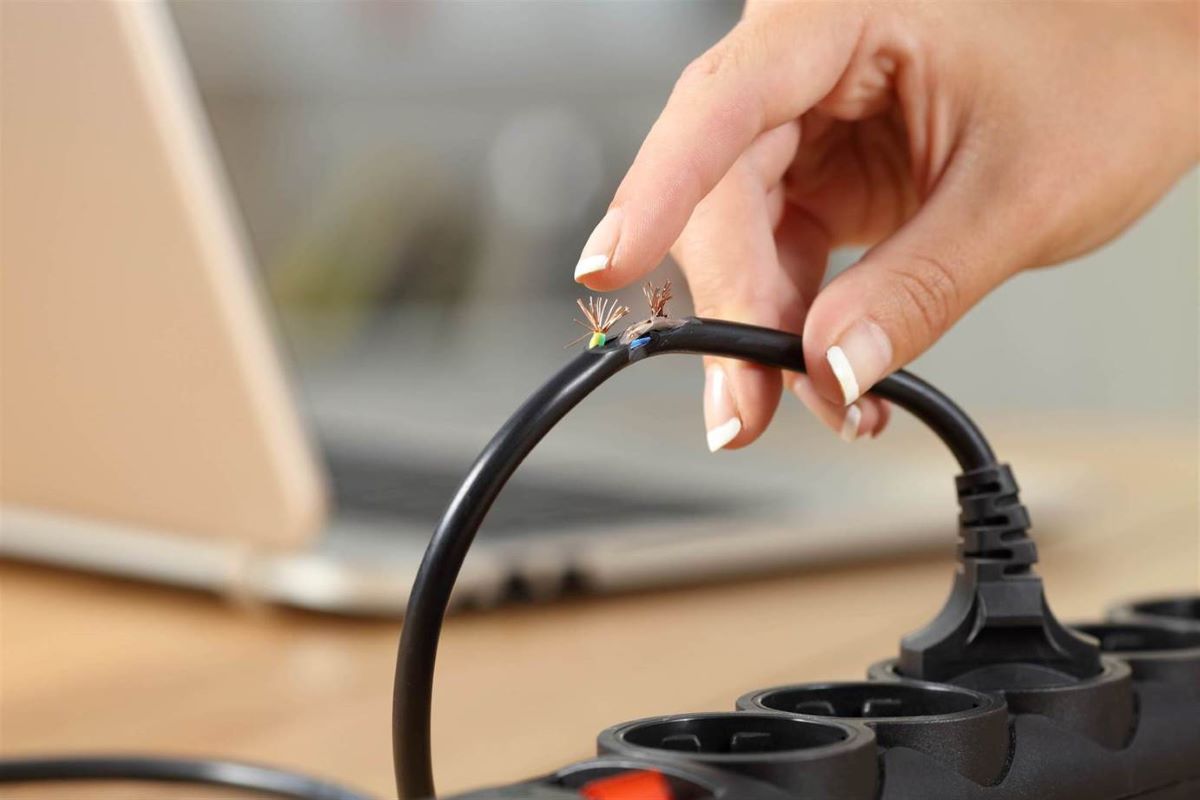
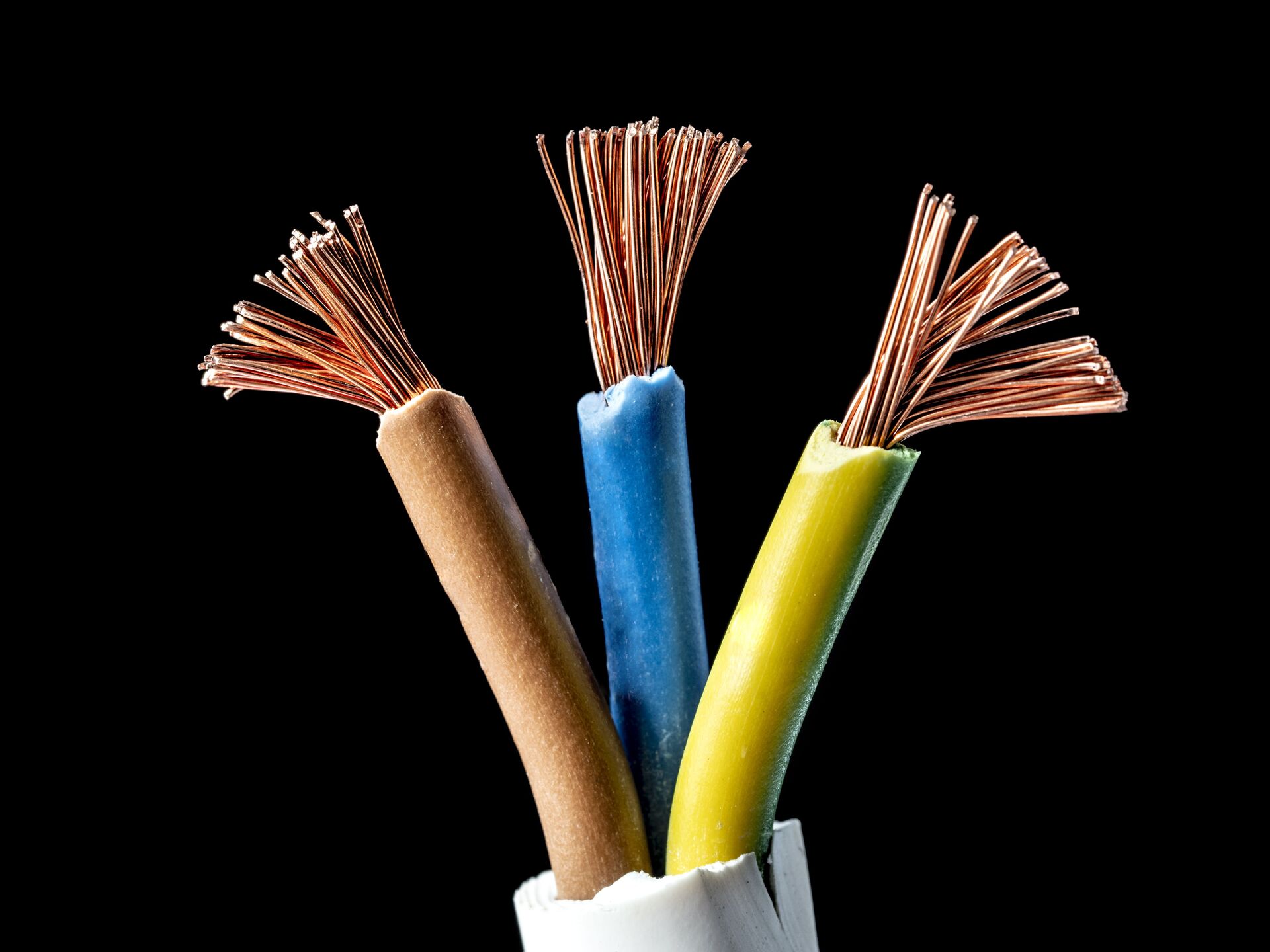
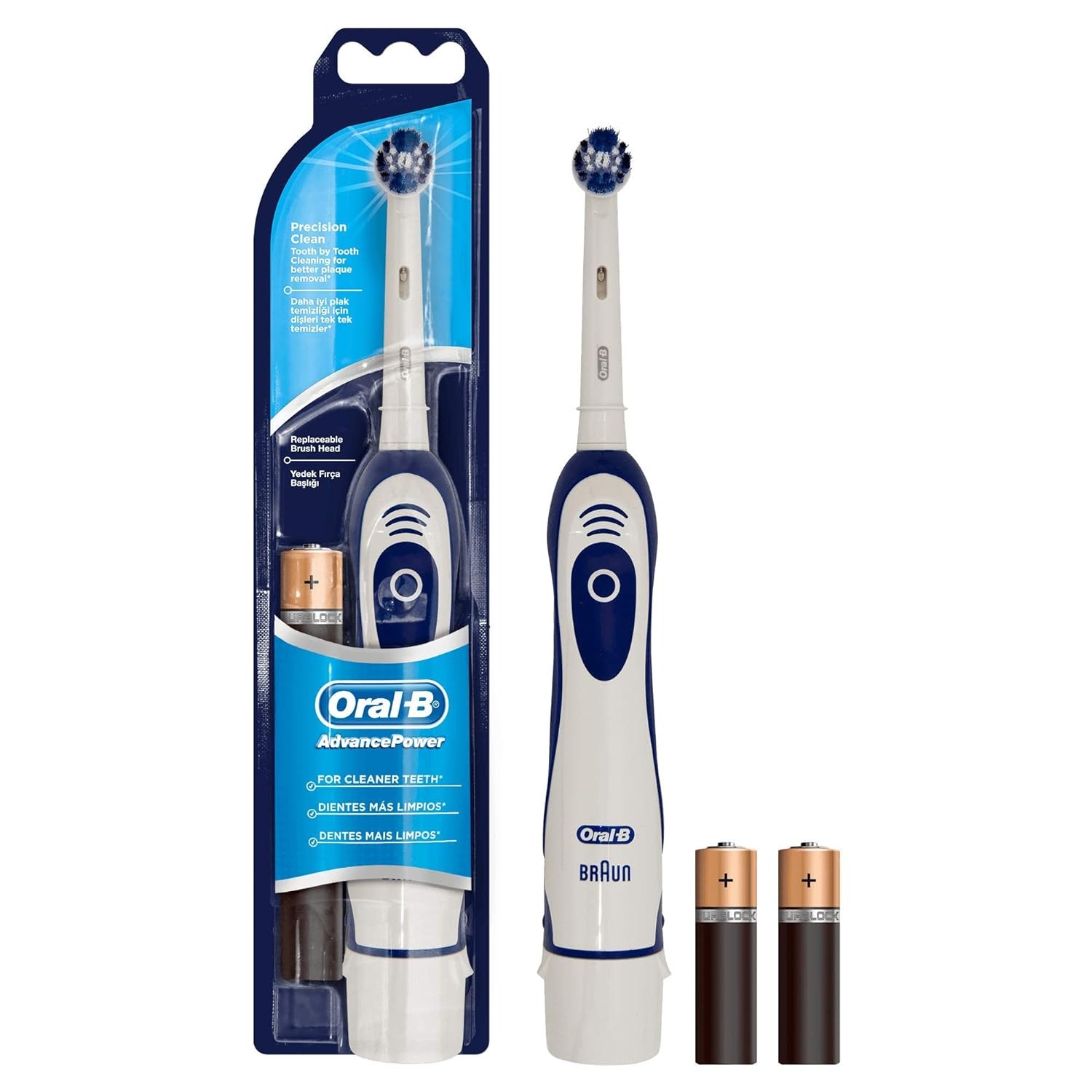
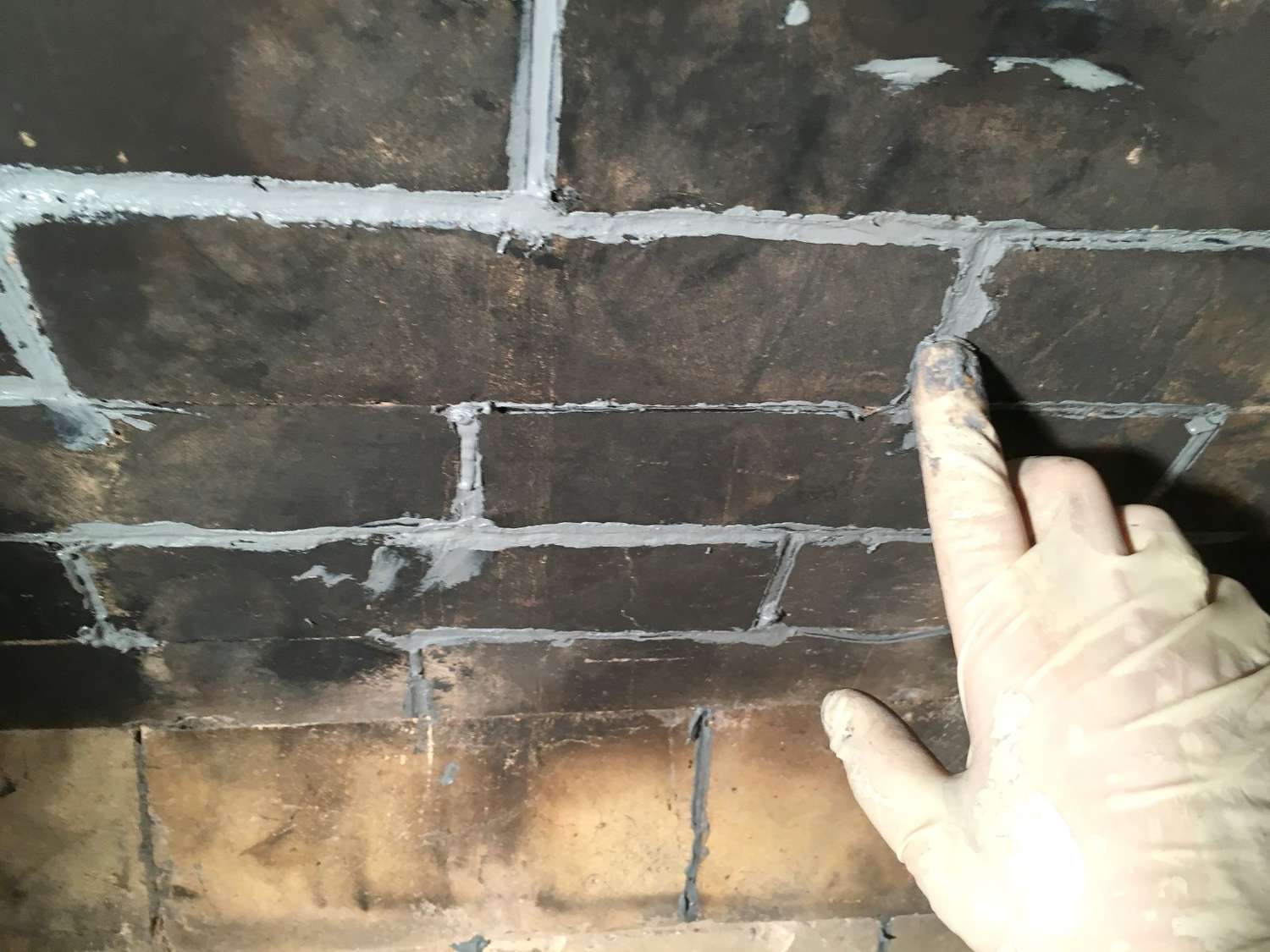
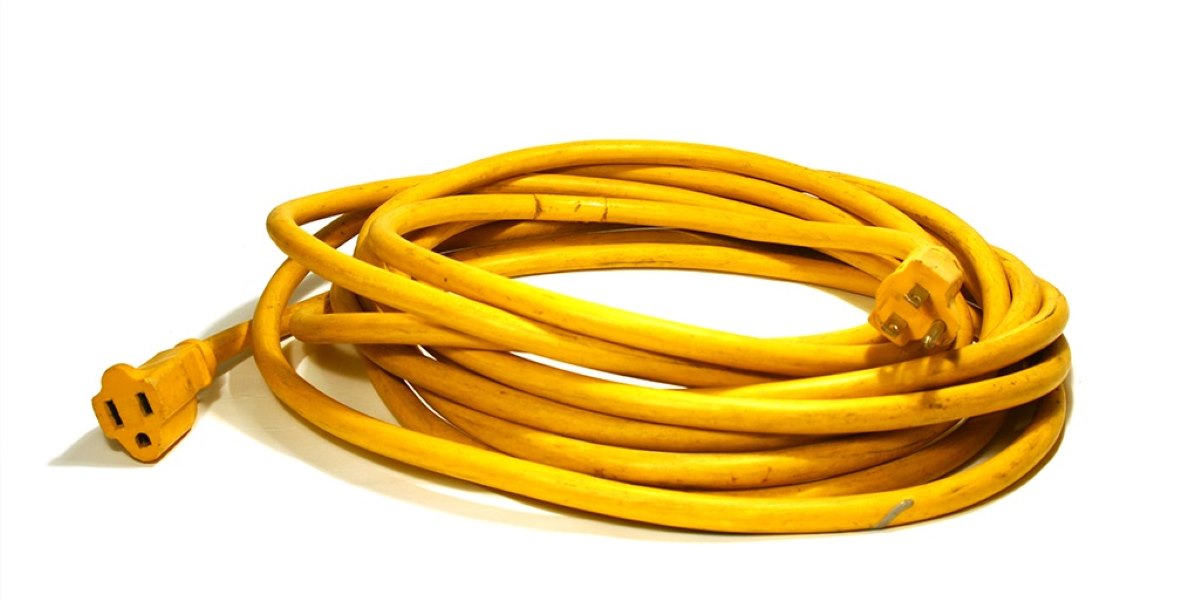
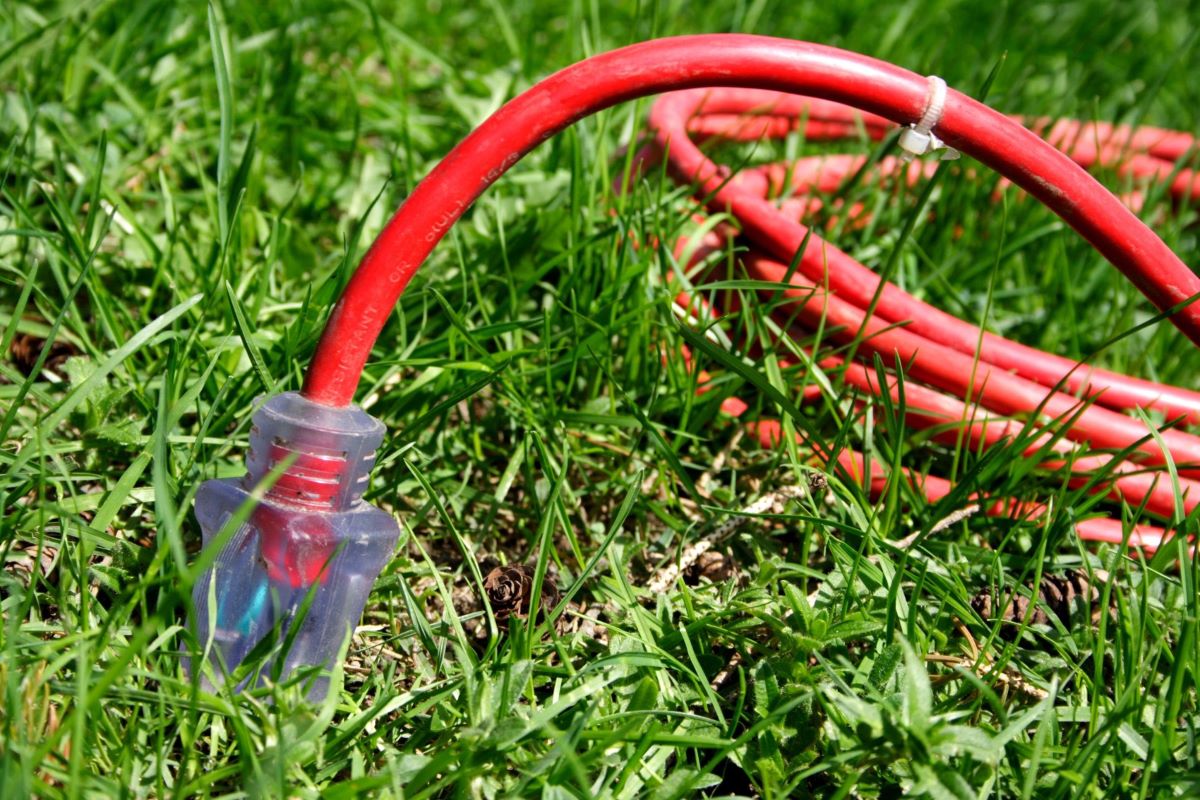
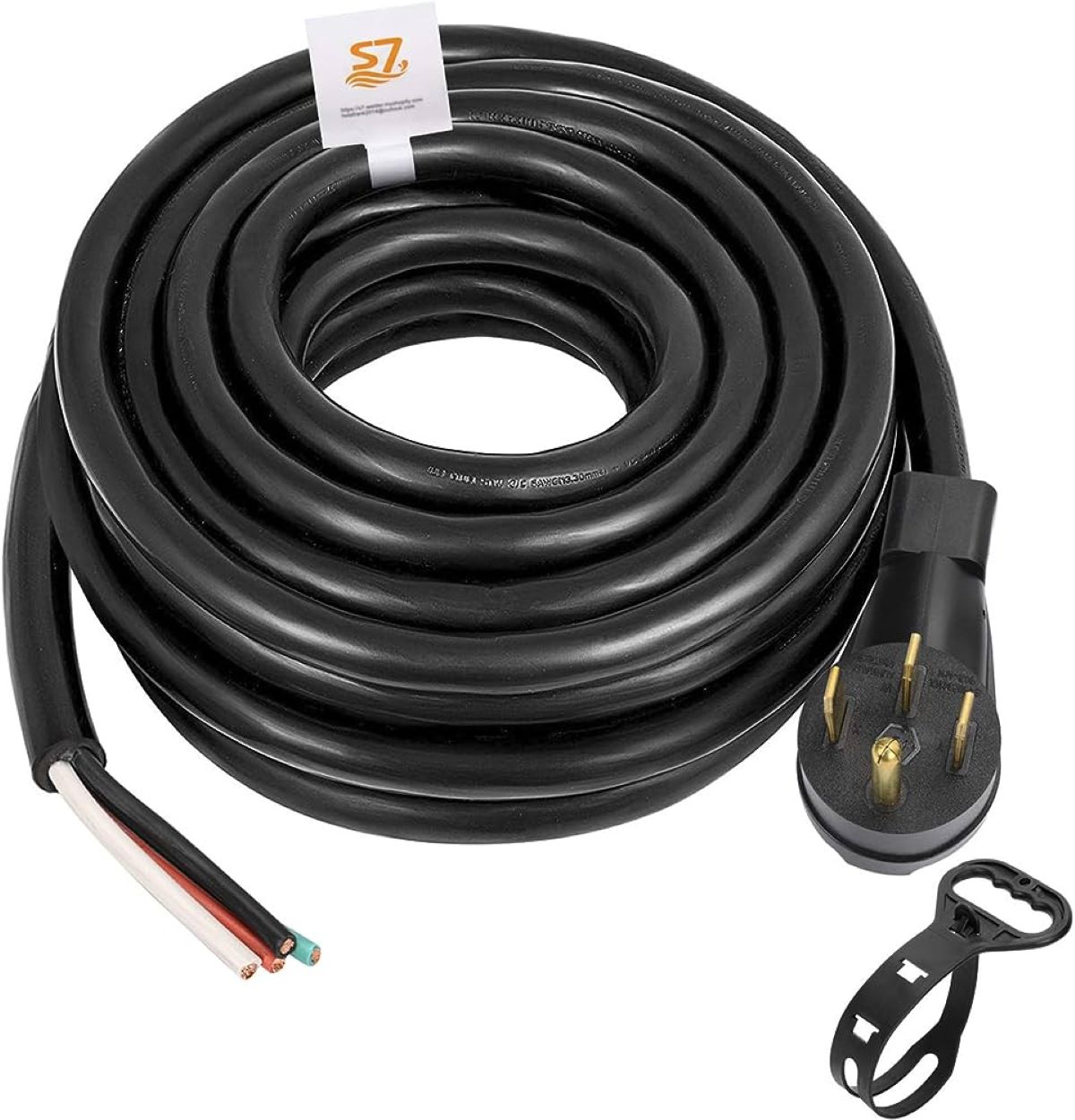

0 thoughts on “What Kind Of Electrical Cord Is Used In The USA”